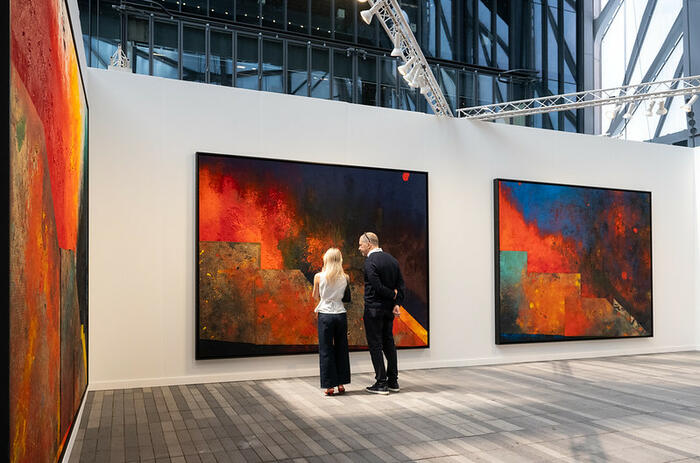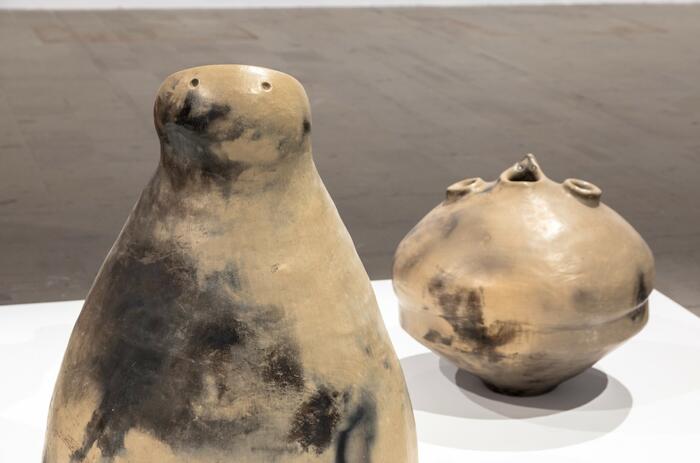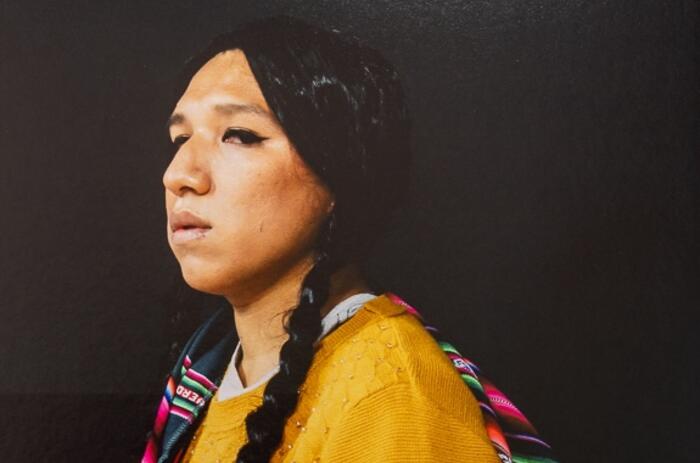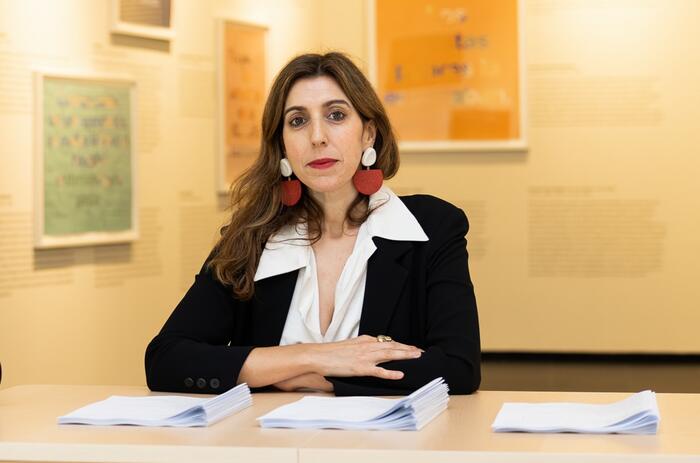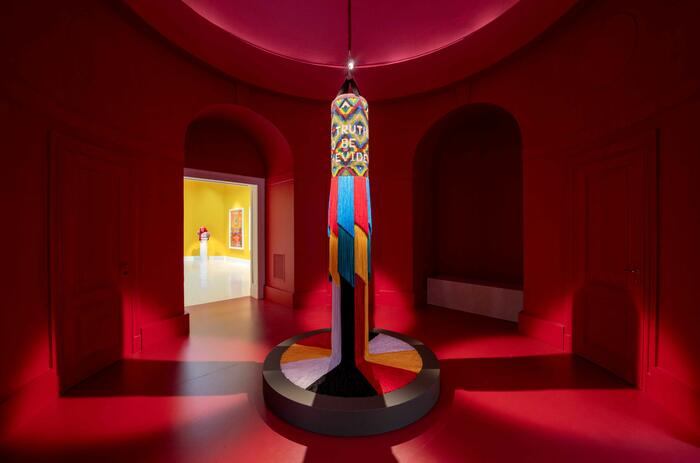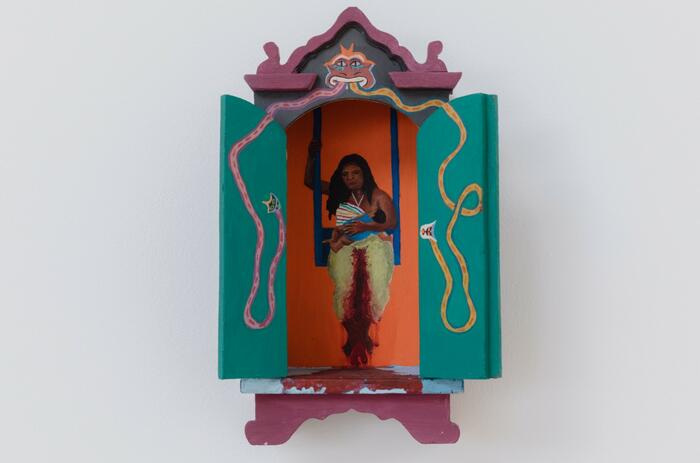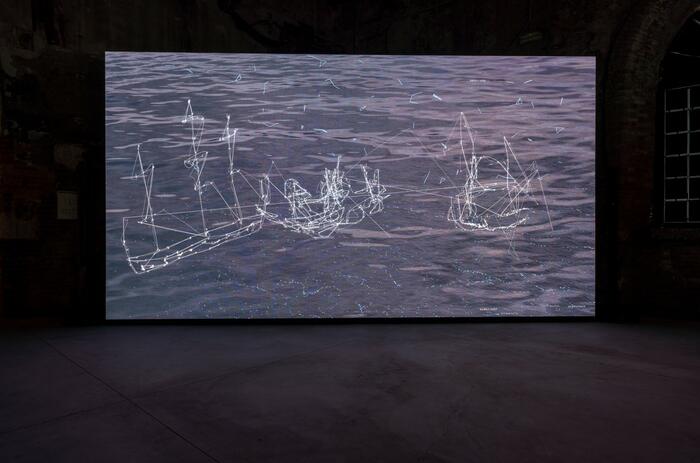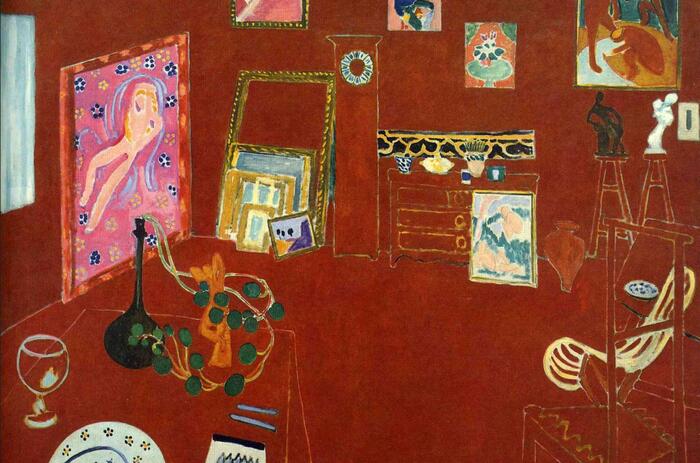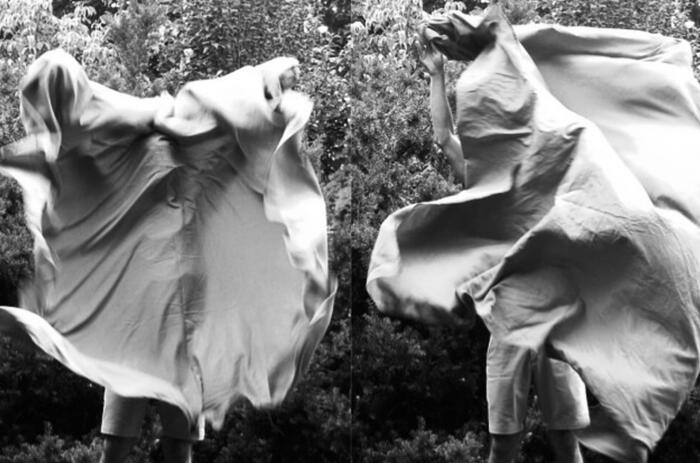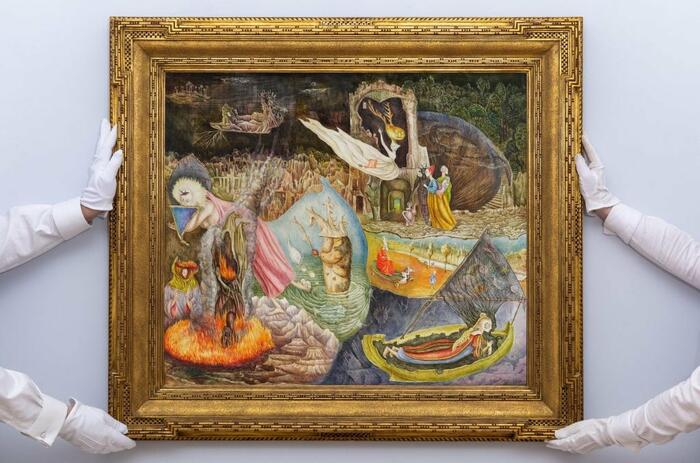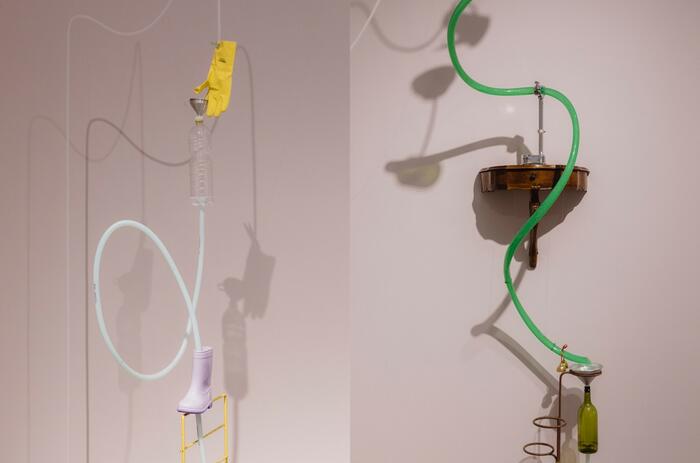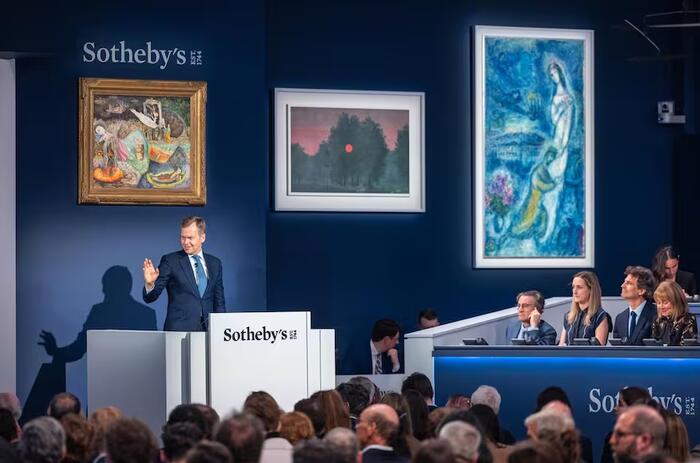LEONORA CARRINGTON'S BID FOR LATIN AMERICAN RECORD
Leonora Carrington’s painting "Les Distractions de Dagobert" (1945), valued between $12 to $18 million, is generating considerable excitement as it heads to auction at Sotheby's this May. Having been in an American collection since 1995, its upcoming sale not only reflects the escalating market demand for Carrington's pieces but also underscores the rising interest in female Surrealist artists.

Carrington's rise in the art market is undeniable, highlighted by the staggering $3.3 million fetched for "The Garden of Paracelsus" just two years ago at Sotheby’s, a record-breaking sale that solidified its place among the top three most expensive Carrington paintings. What's striking is that the majority of her highest auction prices have been achieved since June 2020, signaling a growing acknowledgment of female Surrealist artists. This upward trend isn't exclusive to Carrington; artists like Remedios Varo and Frida Kahlo are also experiencing a surge in demand from both institutions and collectors.
Further illustrating Carrington's mastery, "Les Distractions de Dagobert" emerges as a masterpiece within her body of work. Its artistic brilliance lies in the seamless fusion of the fantastical and the elemental, drawing inspiration from a myriad of sources including Hieronymus Bosch, Irish mythology, Celtic imagery, Indigenous Mexican symbolism, and more. Carrington presents an innovative, humanistic vision of a universe not as it is, but as it could be. Divided into quadrants corresponding to the classical elements of Earth, Air, Wind, and Fire, this painting encapsulates an amalgamation of the Northern Renaissance and the Quattrocento styles, revealing Carrington's meticulous study and synthesis of these rich artistic traditions. The painting exudes an extraordinary force that can only be fully captured when experienced in person. While viewing an image on a screen allows us to grasp the narrative and appreciate the stories behind it, it's only when standing directly in front of it that one can truly appreciate Leonora’s virtuoso tempera technique and the extraordinary level of detail she imbues into her work.
This significant work was painted when Carrington was just 28, shortly after her migration to Mexico during the tumult of the Second World War. It marked a pivotal moment in Mexico's emergence as a central hub for the Surrealist movement. Like many artists of her time, Carrington found solace and inspiration in Mexico's welcoming embrace. During the mid-1940s, Mexico City became a sanctuary for numerous European artists and intellectuals fleeing the ravages of war. Drawn by its vibrant cultural milieu and the progressive policies of its left-leaning government, these creatives found a supportive environment in which to thrive. Mexico's commitment to fostering cultural expression provided a stable foundation for artistic endeavors. In this nurturing atmosphere, Inés Amor of Galeria de Arte Mexicano, Mexico City’s leading gallerist, played a pivotal role. Recognizing the talent and potential of artists, particularly women and those considered "outsiders," Amor served as a mentor, nurturing several careers, including that of Carrington.
Carrington's journey to Mexico was marked by a rebellious youth, a brief sojourn with the Parisian Surrealist group, and a harrowing flight from war-torn Europe. In this masterpiece, she weaves allusions to her own tumultuous story, much like fellow artists Frida Kahlo and Remedios Varo. For Carrington, as for Kahlo and Varo, her greatest works serve as a form of exorcism, confronting and transcending the darkest moments of her personal history. Through her art, Carrington transforms pain and turmoil into symbols of resilience and transcendence, inviting viewers into the labyrinth of her imagination.
In the 1940s, upon her arrival in Mexico, Carrington dedicated herself to mastering egg tempera, a demanding yet rewarding medium. Known for its quick-drying properties, egg tempera allowed her to capture the intricate detail and iridescent coloration of the supernatural universes depicted in "Les Distractions de Dagobert." Painted in 1945, at the zenith of her career, this masterpiece stands unparalleled in its richness of imagery, the finesse evident in every minute detail, and the explosive vibrance of its tonality. It represents the apotheosis of Carrington’s dynamic career, showcasing her unparalleled skill and boundless imagination.
Despite residing in Mexico for the remainder of her life, Carrington maintained a presence on the international art scene. "Les Distractions de Dagobert" served as a centerpiece in her first retrospective exhibition at Pierre Matisse’s gallery in 1948. Although unable to travel to New York for the show due to the recent birth of her second child, the works she created for this exhibition are regarded as the pinnacle of her oeuvre.
Notwithstanding her groundbreaking contributions to Surrealism and her close ties to its inner circle, Carrington's art often faced marginalization from mainstream critics and international commercial galleries during her lifetime. However, in recent years, a series of museum exhibitions have sought to rectify this historical oversight. Notable among these are "In Wonderland" at LACMA (2012), which highlighted the creativity of women artists experimenting with Surrealism in the Americas, "Surrealism Beyond Borders" at the Metropolitan Museum of Art (2021) , and "Surrealism and Magic: Enchanted Modernity" at the Peggy Guggenheim Collection in Venice two years ago, where "Les Distractions de Dagobert" took center stage. The exhibition took place alongside the 2022 Biennale di Venezia, "The Milk of Dreams," curated by Cecilia Alemani. This biennale derived its title from one of Carrington's children's books, showcasing her multifaceted talent as both an artist and a prolific author.
This year, we celebrate the centenary of Surrealism, marking 100 years since André Breton introduced the Surrealist Manifesto. This milestone not only marks a historical moment but also signals a notable shift in the art market for surrealism, which had historically sidelined female artists within a domain dominated by male figures such as Dalí, Magritte, and Miró. As we honor the manifesto's centenary, which once confined women to the role of muse, it's fitting to recognize the resurgence of artists like Carrington, who transcended this archetype to emerge as pioneering figures in their own right.
The surge in institutional attention toward women Surrealists has been paralleled by a marked increase in market interest and value. Noteworthy is the historic moment when a female artist entered the top 20 Surrealist lots at auction, with Frida Kahlo's "Diego y Yo" achieving a record price of $34.8million. However, this appreciation is not without complexity. Frida Kahlo did not personally identify with Surrealism; however, her works are now often categorized within the movement, contributing to the current narrative surrounding surrealism and women. As this narrative continues to evolve, the art market is poised to reflect this transformation. The much-anticipated auction of " Les Distractions de Dagobert" stands as a potential landmark moment in this ongoing reassessment. Will it reaffirm the market's alignment with historical rectification? The anticipation builds.
-
Leonora Carrington. "Les Distractions de Dagobert" (1945)
With an estimated value of $12 to $18 million dollars, this price tag represents a substantial increase, nearly quadrupling Carrington’s previous record. Anna Di Stasi, Head of Latin America Art at Sotheby’s, explains that this particular artwork stands as Carrington’s magnum opus.
Executed in 1945, at the pinnacle of her creativity, it is unparalleled in the richness of its imagery, meticulous technique and exceptional condition. Remarkably, it has remained in the same North American collection since 1995, when it was acquired for $475,500. Taking into account these factors, alongside insights into pricing trends within the private market, the estimate has been thoughtfully established. The work is expected to become the second highest price for a Latin American artwork following Kahlo’s record achieved in 2021 at Sotheby’s.
The painting is featured in the Contemporary evening sale at Sotheby’s New York, boasting the third highest estimate alongside a Monet (lot 33, Antibes Vue de la Salis), and surpassed only by a Magritte (lot 39, Le Banquet) estimated at 15-20 million, and the top lot of the sale, a Monet (lot 11, Meules à Giverny) anticipated to fetch in excess of 30 million. What's particularly noteworthy is that “Les Distractions de Dagobert” is estimated at a value surpassing many renowned names of other paintings in the sale, including Picassos, Manet, Van Gogh and Renoir.
The painting comes with a guarantee and an irrevocable bid, ensuring its sale with certainty and surpassing Leonora's current record. We eagerly anticipate May 15th to unveil the final figure.
For further insights into the painting and how the artist's life and upbringing influenced her body of work, I highly recommend consulting the excellent catalogue note published by Sotheby’s.



